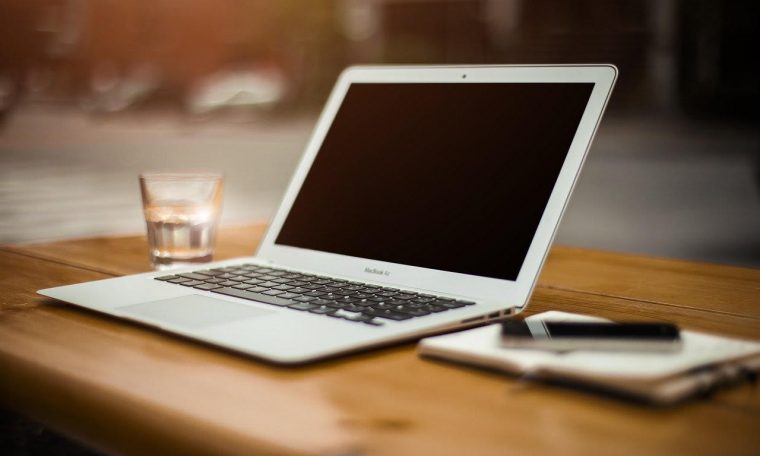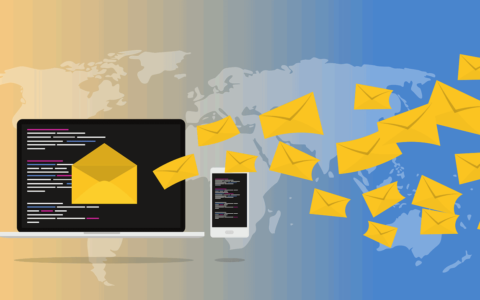
Laptops are small to carry anywhere you go, but versatile enough to run some demanding applications. With many options in the market, it gets harder every day to choose the best laptop. According to a reliable tech review site, what separates the best laptops for the rest is comfort, efficiency, portability, and balance power. However, narrowing down to such factors may not be enough – you will also need to consider the following tips.
1. Choose a Platform for Operating System (OS)
An operating system is software, which allows users to run important applications on their laptops. It may help to handle hardware resources on laptops and support basic functions, such as controlling peripherals and scheduling tasks. For home use, a laptop with Mac and Windows OS is the best option. With that, you can handle easy tasks like browsing the web or writing. Though, for gaming activities, windows OS is far much better than that of Mac.
When it comes to speed, laptops with Linux-based OS, such as CentOS Server, Ubuntu Server, and Fedora, can be a perfect choice to go for. Unlike Windows OS, a Linux-based operating system in a laptop will not require a strong processor to work at an optimal level. If you also want free OS alternatives, you may go for:
- ReactOS
- Free BSD
- Chrome OS
- Syllable
2. Check the Keyboards
Keyboards are important sources of input for laptops. Their functionality and quality drive productivity, particularly if all your projects are text-oriented. Most notebook keyboards have the standard layout, which consists of A-Z, 1-9, and common keys such as the spacebar, Alt, Shift, F1-F2, and Ctrl buttons. Although all layouts in keyboards may have some drawbacks, which may prove to be productivity killers, you may consider going for laptops with dedicated End, Home, Page Down, and Page Up keys.
You can also go for laptops with keyboards that have backlit feature. Many people can type fast at daylight, but if you also want to maintain your speed even at night, you can use a backlit to enhance your visibility. Laptops with such a feature can be convenient for people with poor eyesight or light sensitivity.
3. Evaluate the Specifications
When buying the best laptop, you may consider storage. Most modern laptops come with a solid-state drive (SSD), faster than the old hard-disk drive (HDD). SSDs lack physical moving parts, making them last for a long time. Additionally, laptops with SSDs work faster and can be perfect for people planning to do lots of photo shooting and video editing.
RAM (random access memory) is another feature that dramatically affects total system performance. The best laptops have a RAM of 4GB as a specification, though if most of your tasks are based on virtual reality (VR) or apps, such as Adobe Photoshop, laptops with 8GB can be a good option. Other than evaluating RAM and storage, you may also consider other specifications like:
- Ports
- Battery
- Connectivity
Concluding Remarks!
Buying the best laptop may not be a walk in the park, because many similar models come with almost the same specifications and operating system. Whether you are teaching students or just organizing a research project, you need to go for the right laptop, which suits your needs. You can achieve the goal if you evaluate specific features, like the size of the RAM, keyboard’s layout, and battery’s longevity, just to mention a few.





